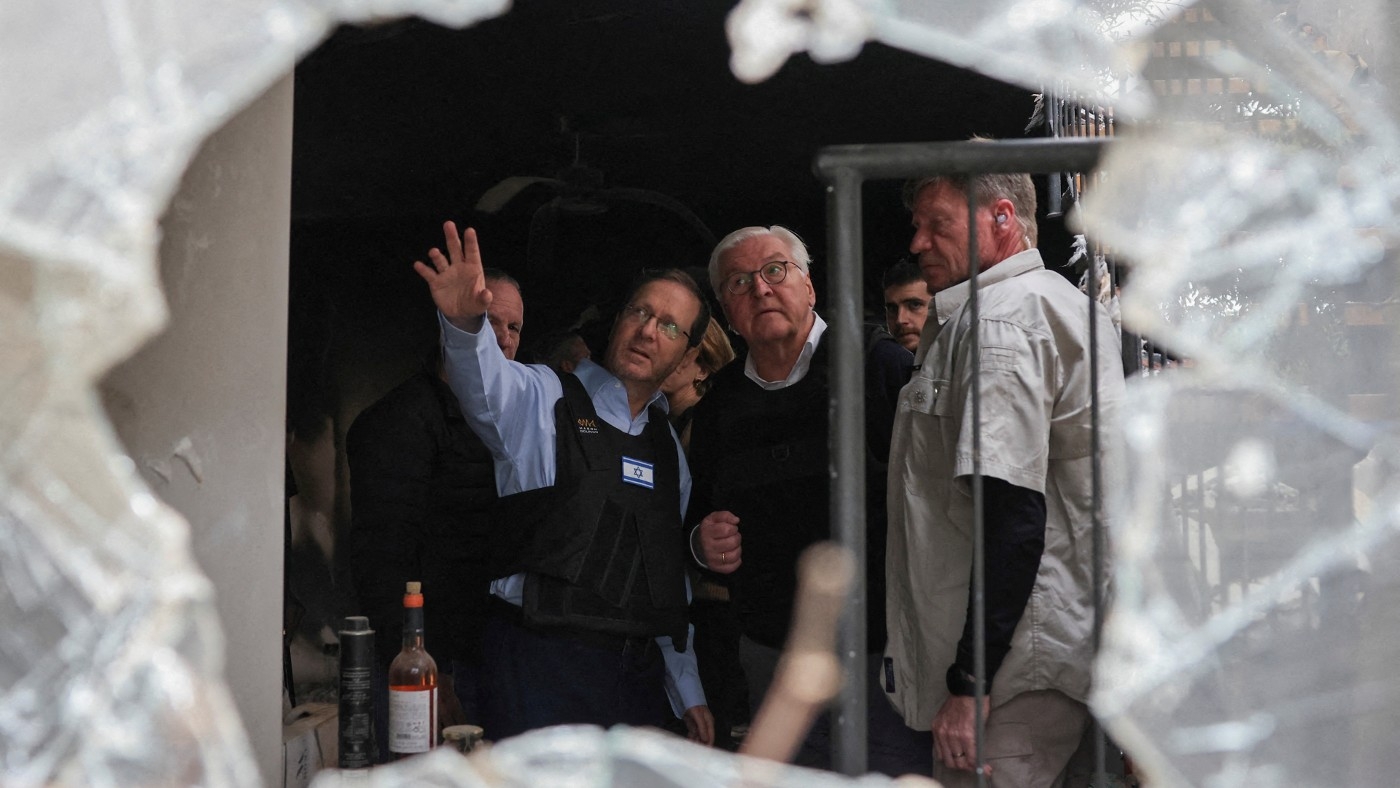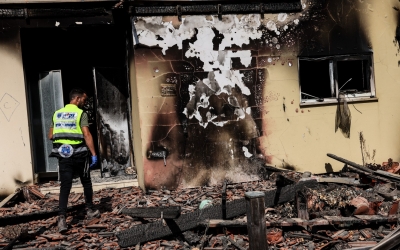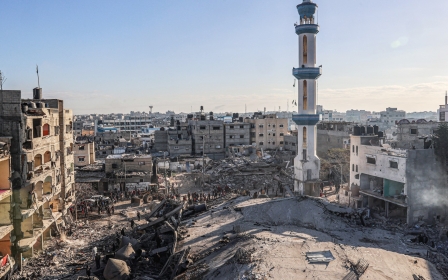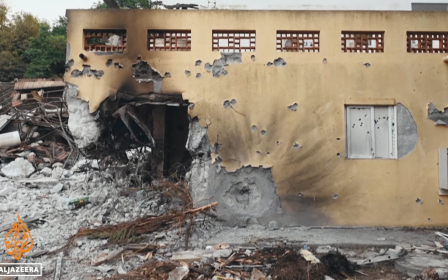New video contradicts Israeli medic's account of 7 October sexual assault, report says

The New York Times has cast doubt on its own reporting of an alleged episode of sexual assault during the 7 October Hamas-led attacks by admitting that new video footage appears to contradict the account of an Israeli paramedic quoted by the newspaper.
Footage taken from an Israeli soldier who was in Kibbutz Be'eri, where the alleged assault was supposed to have taken place, shows the bodies of three female victims, fully clothed and with no apparent signs of sexual violence, according to the US paper.
The bodies are reportedly shown at a home where many of Be'eri's residents had believed the assaults occurred.
On 28 December, the New York Times published an article headlined, "'Screams Without Words': How Hamas Weaponized Sexual Violence on Oct. 7," in which an unnamed paramedic, part of an Israeli commando unit, said that he had discovered the bodies of two partially clothed teenage girls who had been sexually assaulted.
The Associated Press, CNN and The Washington Post were among several media outlets to publish similar accounts sourced to an anonymous military paramedic.
New MEE newsletter: Jerusalem Dispatch
Sign up to get the latest insights and analysis on Israel-Palestine, alongside Turkey Unpacked and other MEE newsletters
Earlier this month, Michal Paikin, a spokesperson for the Kibbutz Be'eri, denied that two of the girls, who were sisters, had been sexually assaulted.
"You're talking about the Sharabi girls?" he told The Intercept. "No, they… were shot and were not subjected to sexual abuse."
Gillian Brisley, the girls' grandmother, also denied the allegations. "They were just shot, nothing else had been done to them," she told Israel's Channel 12.
Responding to the new video footage, residents of the kibbutz told the New York Times that there was only one home in Be'eri in which two teenage girls had been killed, and that because of this they had concluded that the girls had not been sexually assaulted.
"This story is false," said Nili Bar Sinai, a member of the kibbutz group that investigated claims of sexual assault at the house, said.
The unnamed paramedic, whose testimony formed a core part of the 28 December New York Times story, declined to tell the US paper whether he still stood by his account.
Later, an Israeli military spokesman said that the medic did stand by his testimony, but that he might have misremembered the place where he saw the teenage girls.
Anat Schwartz, one of the report's authors, is being investigated by the paper after it emerged that she had liked a social media post calling for Gaza to be turned into a "slaughterhouse".
Schwartz, who worked on the story with her 24-year-old nephew Adam Sella and veteran New York Times reporter Jeffrey Gettleman, also reportedly liked social media posts calling on Israel to execute Palestinians if hostages in Gaza were not released, and said that westerners had to be "scared" into believing Hamas was like the Islamic State group.
Middle East Eye delivers independent and unrivalled coverage and analysis of the Middle East, North Africa and beyond. To learn more about republishing this content and the associated fees, please fill out this form. More about MEE can be found here.





